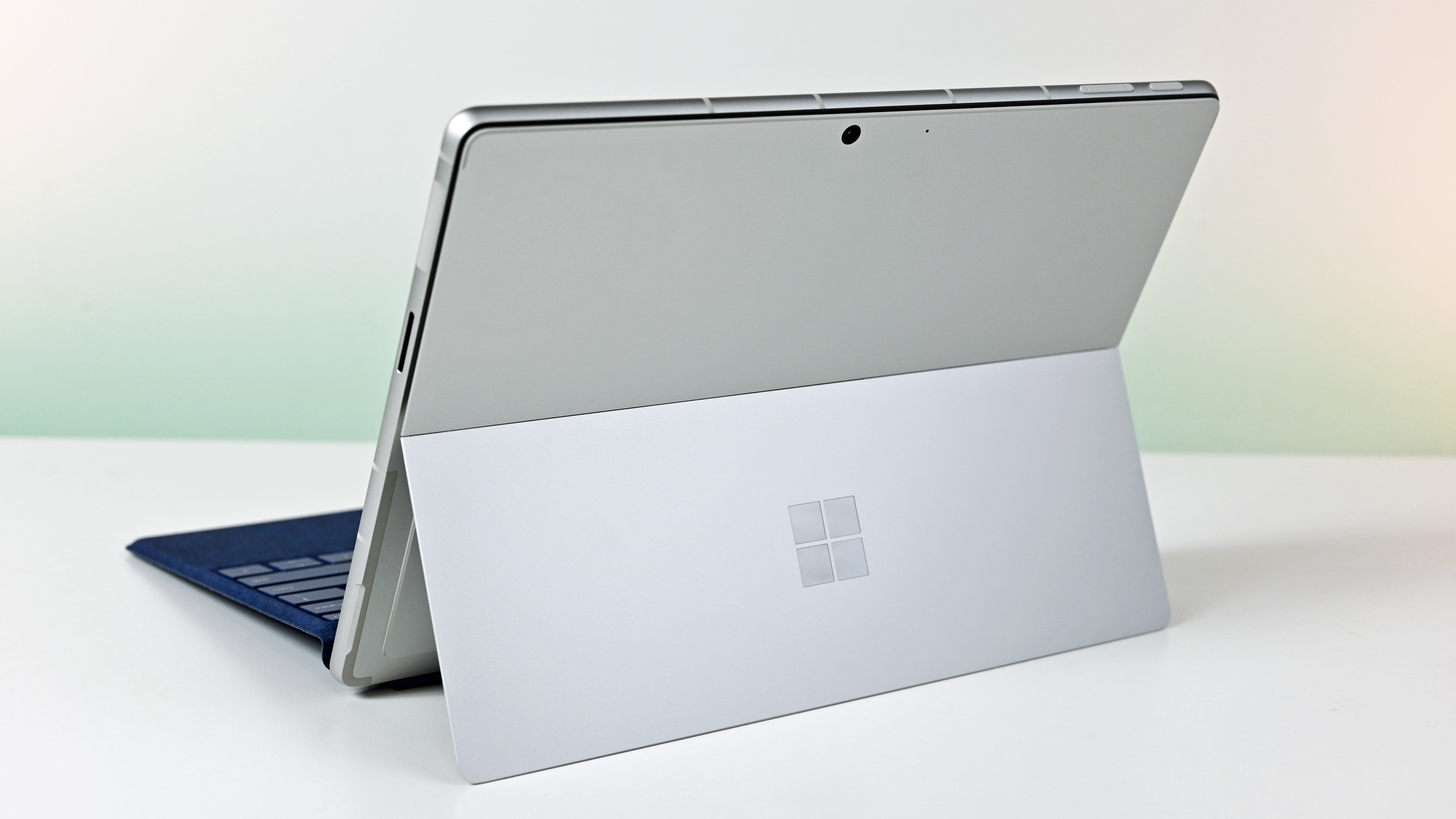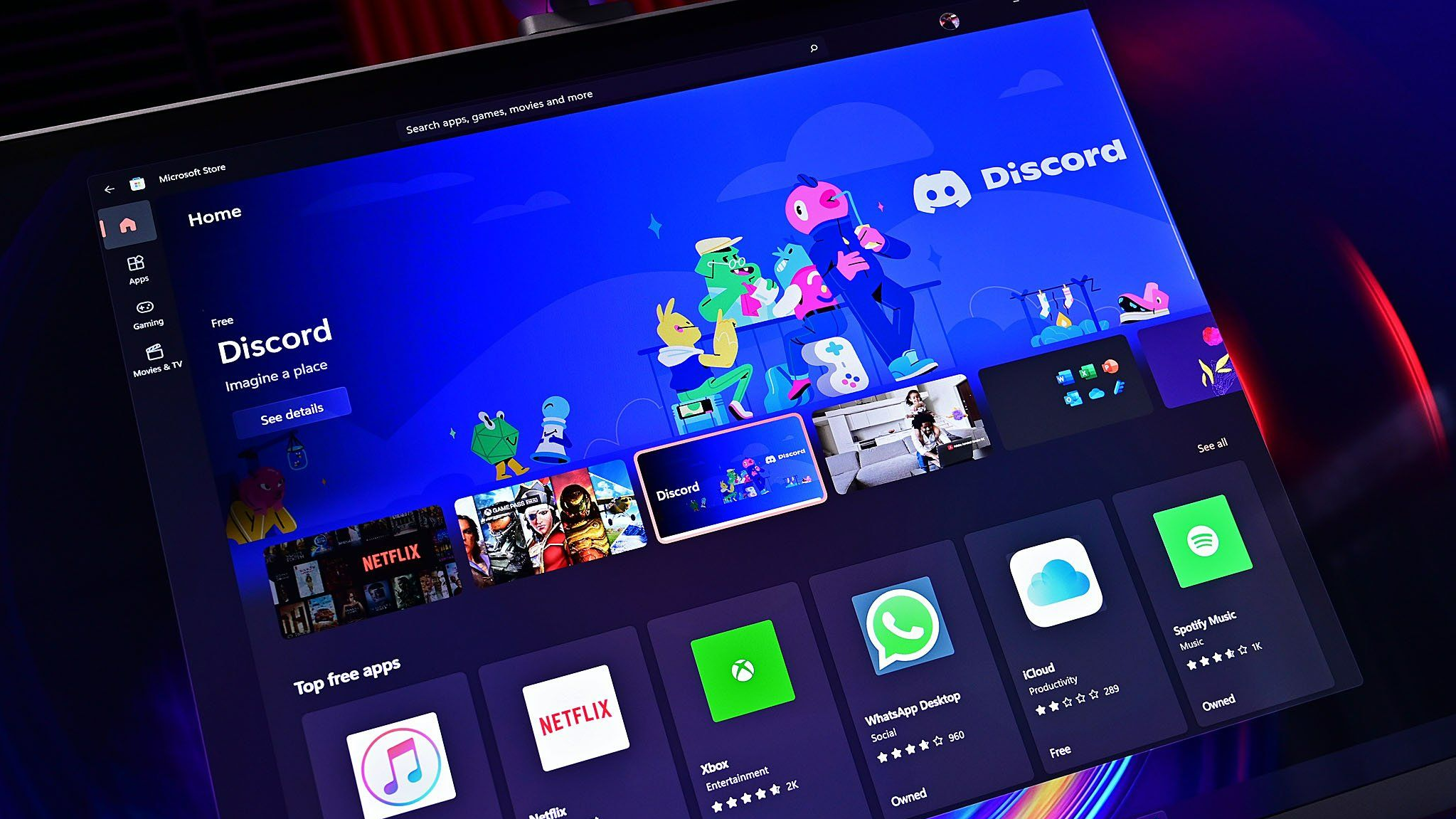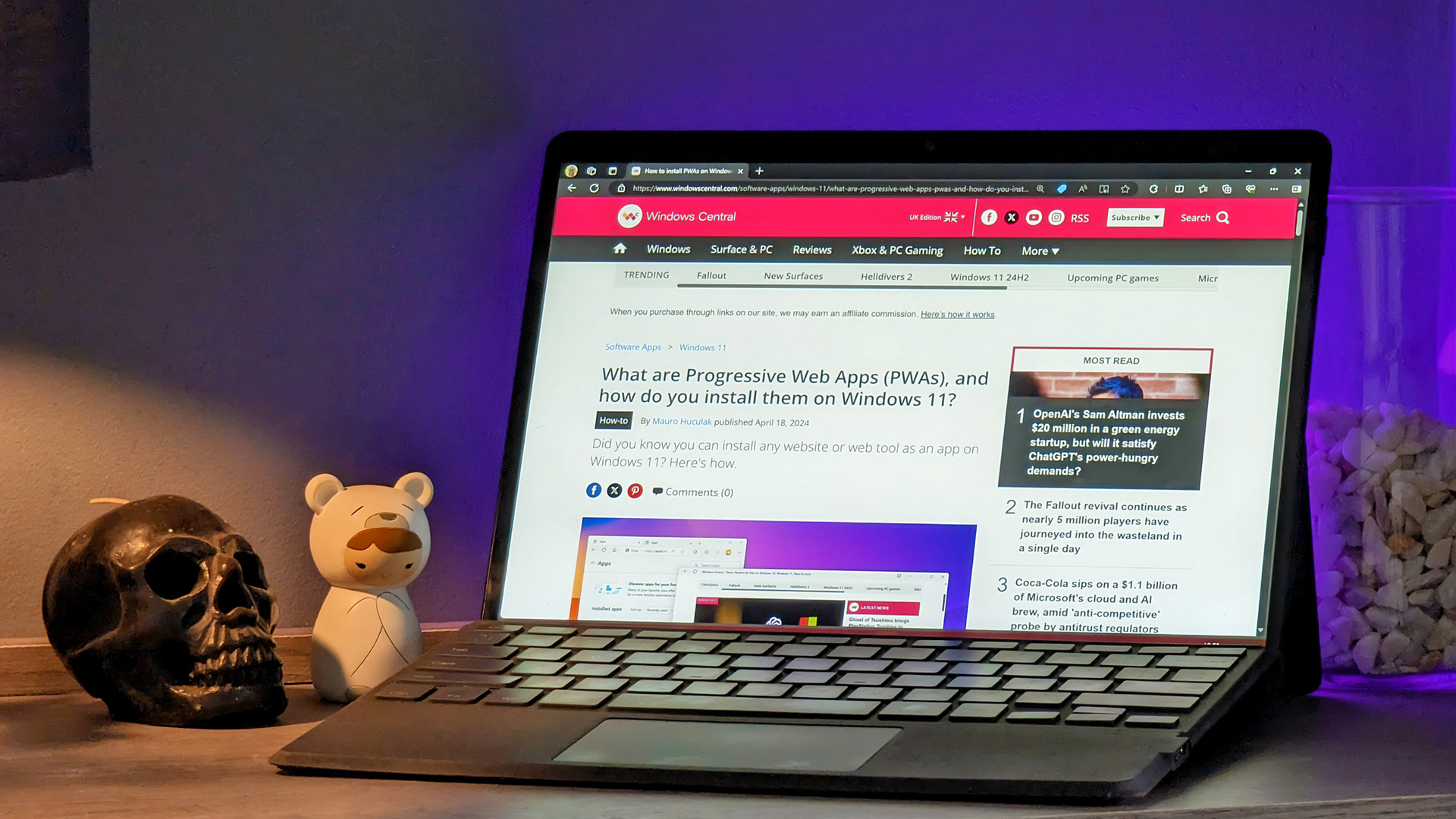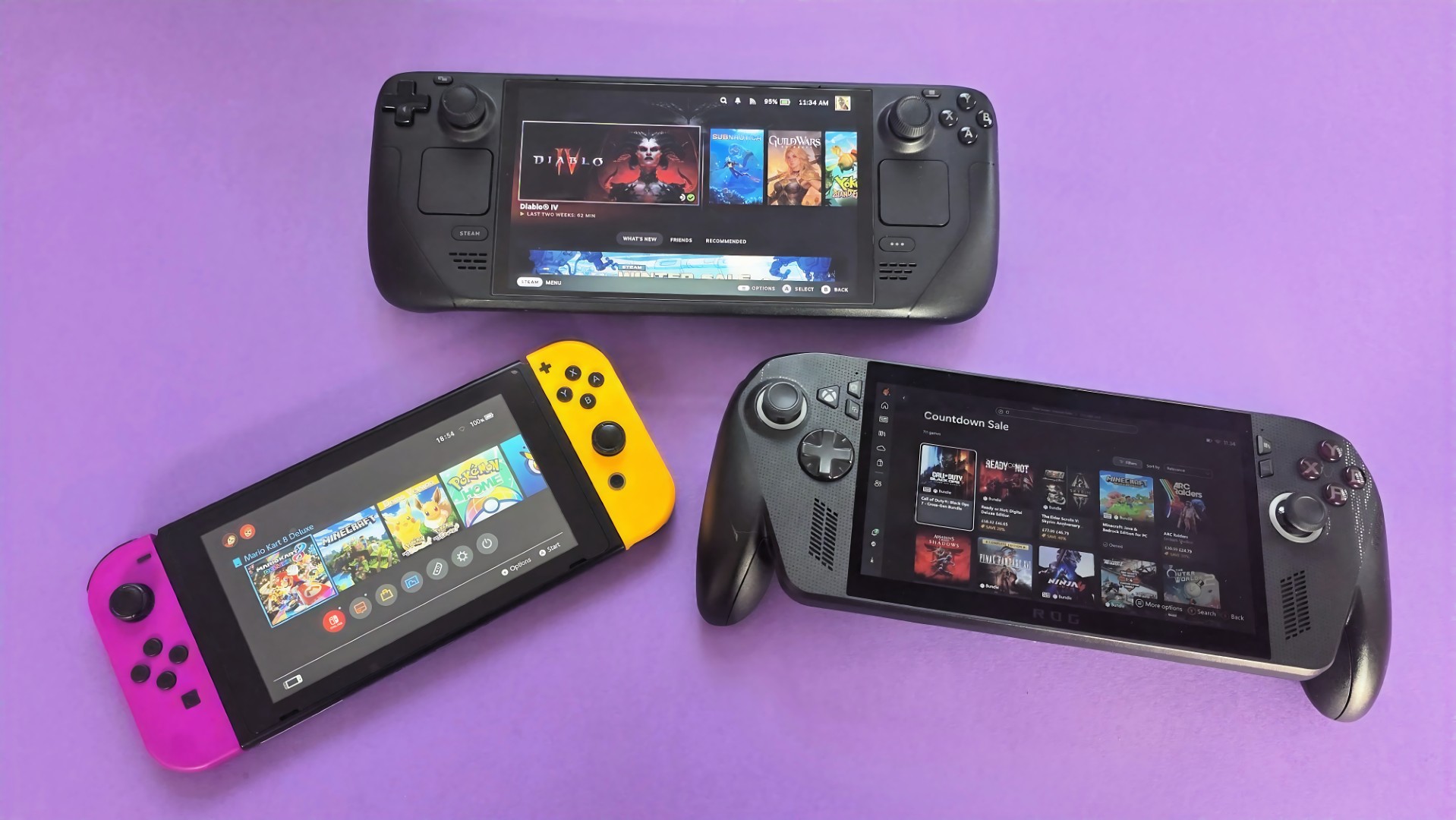The Windows PC is about to get GOOD, and you can thank Windows on Arm for that
Microsoft will outline its vision for the future of Windows PCs on Monday, and Windows on Arm will be at the center.

A theoretical Surface Pro 10 with Qualcomm's Snapdragon X Elite would be a game changer for Windows PCs.
(Image credit: Future)On Monday, Microsoft will unveil its vision for a new era of the Windows PC, consisting of new Arm silicon from Qualcomm paired with next-gen AI experiences. These will result in new Windows devices that are always aware of what you’re doing, able to translate languages in real-time, improve your webcam with artificial lighting and filters, artificially increase gaming performance, and generate text and images on-device.
Microsoft has been working towards this combination of hardware and software since early 2021, after it held an all-hands meeting with leaders across Windows and Surface to discuss how it would respond to Apple Silicon. The company discussed a project called CADMUS, which aimed to bring to market a new era of Windows devices that are performant, efficient, and AI-capable.
Microsoft has worked very closely with Qualcomm on its new Snapdragon X chips, resulting in a moment for Windows on Arm that it’s never had before. The next wave of Windows on Arm devices will be the first with true all-day battery life and consistent instant wake without sacrificing performance. These new chips do trade blows with Apple Silicon.
A new generation of Windows PCs
Internally, I'm told Microsoft has described these CADMUS devices as "the next generation of Windows PCs," differentiated by the AI experiences that will be exclusive to them. Microsoft will unveil the first CADMUS PCs in the form of a new Surface Pro and Surface Laptop, powered by Snapdragon X and featuring quality-of-life upgrades such as an OLED display on the Pro and a refreshed design on the Laptop that includes a haptic trackpad.
Notably, these devices will only be available with Qualcomm's Arm chip. You won't find Intel variants of Microsoft's latest consumer-facing offerings, and that's a big deal. It shows just how confident Microsoft is about its CADMUS effort, further strengthened by the fact all the big-name OEMs are expected to ship their own Arm-powered devices this summer alongside Microsoft.
It's the first time in Windows on Arm's history that this is happening. Microsoft's hardware partners are all coming together for this big Windows on Arm relaunch, and they are all now confident that Windows on Arm is ready for mainstream audiences. The new chips are so powerful that most emulated apps will no longer feel emulated, which was a big hurdle for Windows on Arm to overcome.
These new devices will be the first to set 16GB RAM and 256GB storage as a baseline. You won't find a CADMUS device on the market with 8GB RAM, which itself is a big step forward for Windows PCs. People have been asking for this forever, and it seems to be finally happening.
All the latest news, reviews, and guides for Windows and Xbox diehards.
Windows on Arm can no longer be ignored

Also, app developers seem to be finally taking Windows on Arm seriously. Popular apps such as Chrome, Spotify, and Photoshop are now natively compiled for Windows on Arm, and more apps and developers are always jumping on board. WhatsApp, DaVinci Resolve, and more Adobe apps are expected to join the fray soon. This platform can no longer be ignored.
Existing Windows on Arm devices are also benefiting from this. The more apps that are natively compiled for Arm, the less emulation is required, which means better performance and battery life. My Surface Pro X is a better device today than two years ago, thanks to app developers finally adopting Arm for many of my apps.
This isn’t just a flash in the pan, either. Microsoft fully intends to offer all its high-end Surface PCs with an Arm chip going forward, including the next Surface Laptop Studio, which I’m told is currently in the works. Still, it likely won’t make an appearance until 2025.
Microsoft’s big AI push in Windows will be exclusive to Windows on Arm devices for now, at least until Intel and AMD can cook up NPUs (neural processing units) that can match what Qualcomm is outputting. With that in mind, I expect the ultimate goal is for the platform architecture to be irrelevant to the end user. If a Windows PC with a Qualcomm chip is just as capable as a Windows PC with an Intel chip, why does it matter if it’s x86 or Arm?
AIl will be revealed on Monday
Windows on Arm is finally about to be in the spotlight for all the right reasons. The combination of silicon and AI experiences will be unmatched for quite a while. If you’re in the market for a new PC right now, and your next one isn’t a Windows on Arm device, you’re making a huge mistake.
Windows Central will be on the ground at Microsoft’s special Windows and Surface event on Monday, May 20. Please tune in to our live blog at 10 AM PT (1 PM ET, 6 PM BST) for all the news as it happens. Alternatively, check out our detailed post on what to expect for spoilers!



